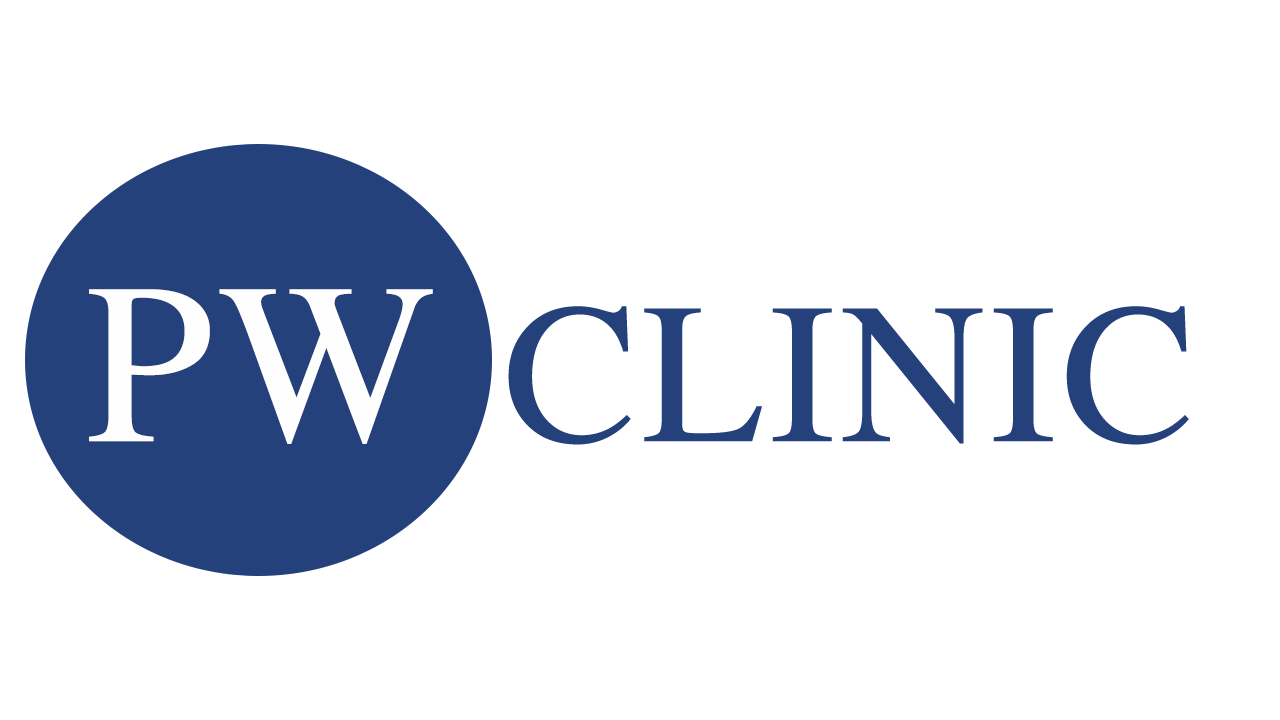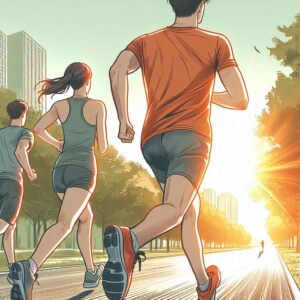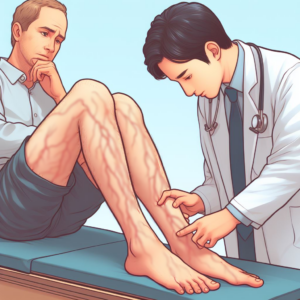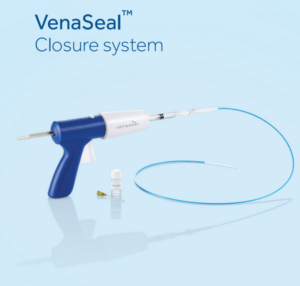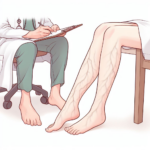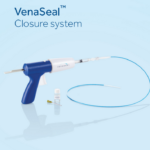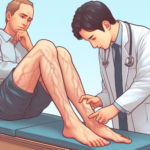Book Appointment Now
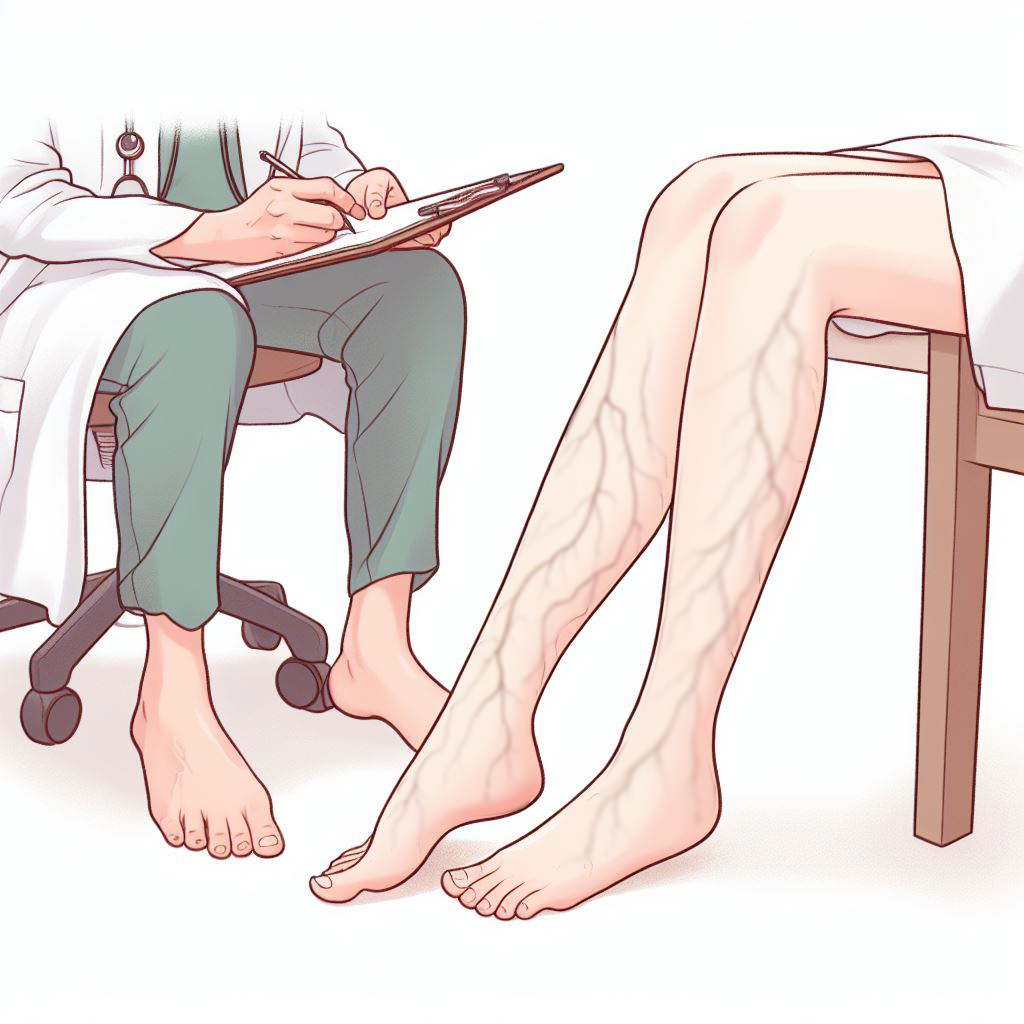
How can we prevent and treat varicose veins?
How can we prevent and treat varicose veins?
Hello, I’m Dr. Po-Jen Ko, a vascular surgeon. I understand the discomfort and pain that varicose veins can cause for patients. Below, I will explain this common condition, including its causes and symptoms, to help you better understand varicose veins.
Varicose veins
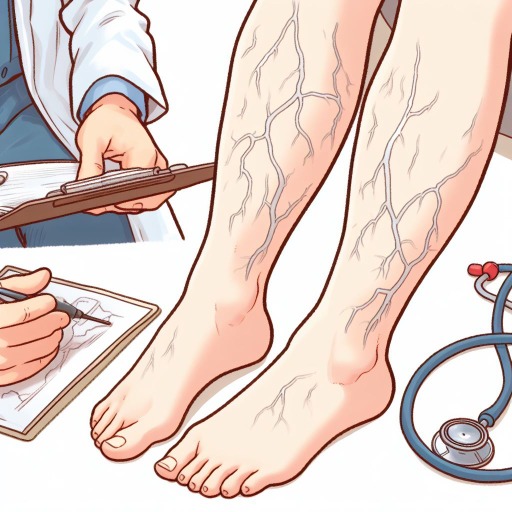
Varicose veins also known as varicoses, are a type of vascular disease where the veins become compressed or the valves within them are not working properly. This leads to obstructed blood flow back to the heart, causing increased pressure inside the veins, which in turn makes the vein walls expand and bend into pouch-like formations, obstructing the flow of blood. In simpler terms, varicose veins are veins that have become twisted, swollen, and abnormally enlarged, mostly occurring in the lower limbs. When they appear around the anus, they are referred to as hemorrhoids. Data suggests that in Western countries, more than half of the population will suffer from this condition after the age of forty. Women are especially prone, with over two-thirds experiencing varicose veins to some degree, due to blood pooling within the veins. Some individuals have minor vein dilations, resulting in spider veins—thin, web-like networks under the skin; others have varicose veins localized to the ankles or calves; while some experience an expansion of the entire saphenous vein system.
Why do varicose veins occur?
Varicose veins are most commonly found in the lower limbs, especially the superficial veins of the legs. This may be due to prolonged periods of standing or sitting, where gravity makes it difficult for blood to flow back up the legs. Other factors, such as genetics, age (particularly over 50), pregnancy, use of birth control pills, obesity, and a lack of exercise, can also increase the risk of developing varicose veins.
How do I know if I have varicose veins?
When we talk about symptoms of varicose veins, you can check for the following indicators:
- The appearance of blue or purple veins, spider veins, or bulging veins on your legs.
- Symptoms of swelling, stiffness, soreness, numbness, tingling, pain in the legs.
- Difficulty standing or sitting for long periods.
- Swelling in the lower limbs, where pressing on the leg leaves a swollen mark.
- A heavy feeling in the legs, accompanied by itching.
- Legs that easily cramp up at night.
- An unnatural feeling of achiness in the legs.
- Skin discoloration around the ankles or extending to the calf.
- The presence of non-healing ulcers on the feet.
